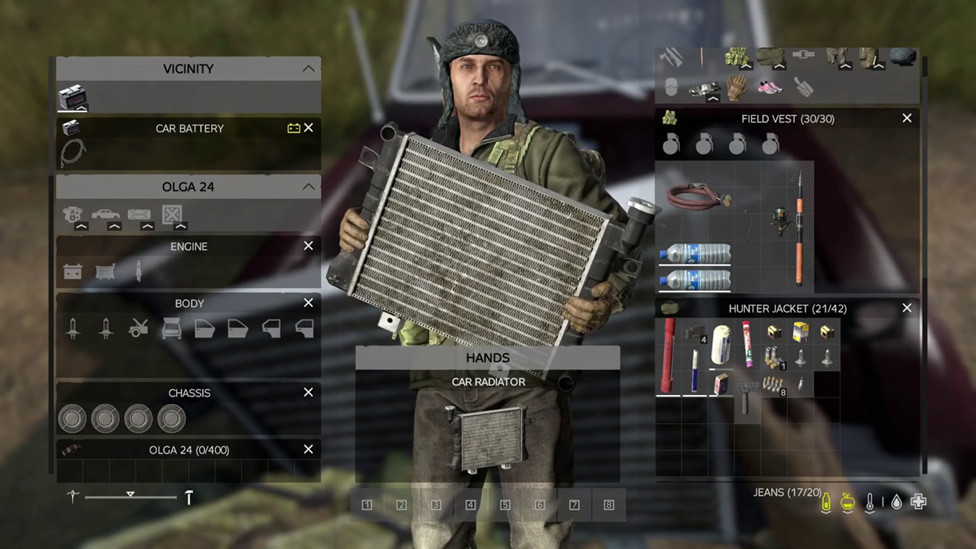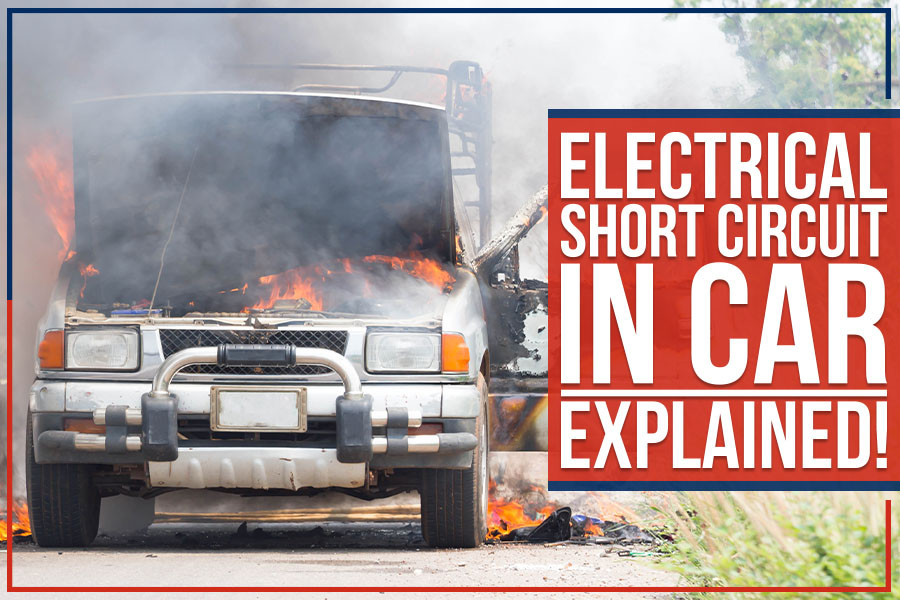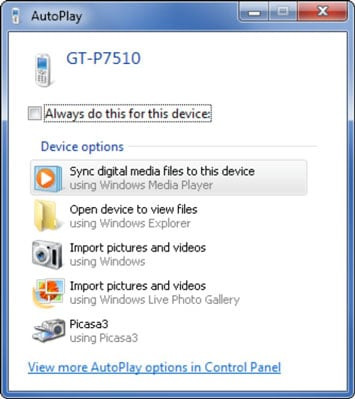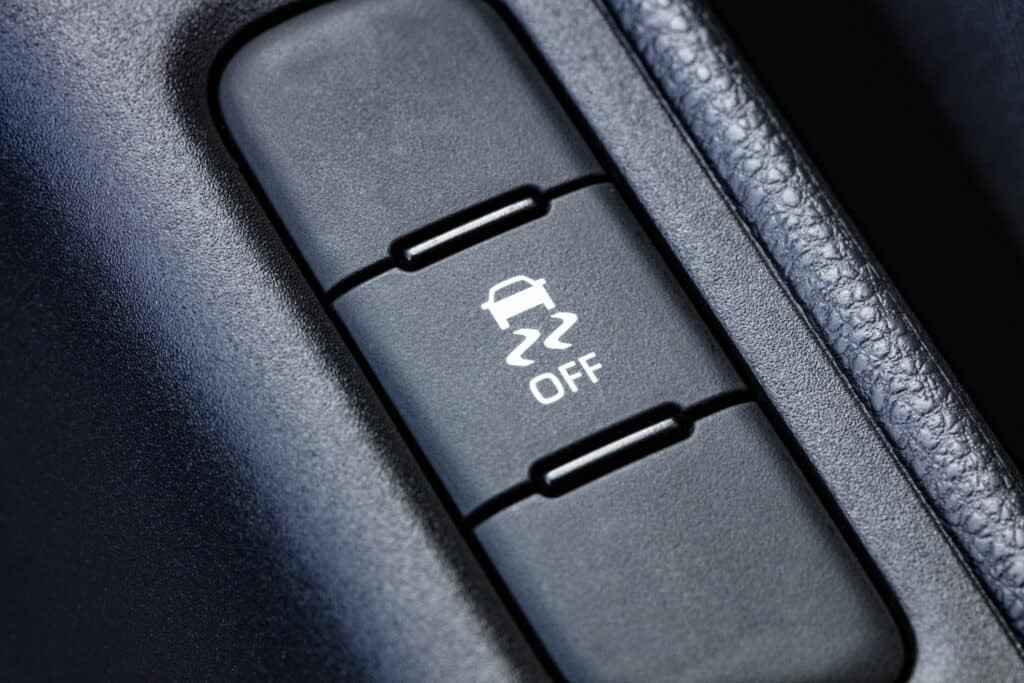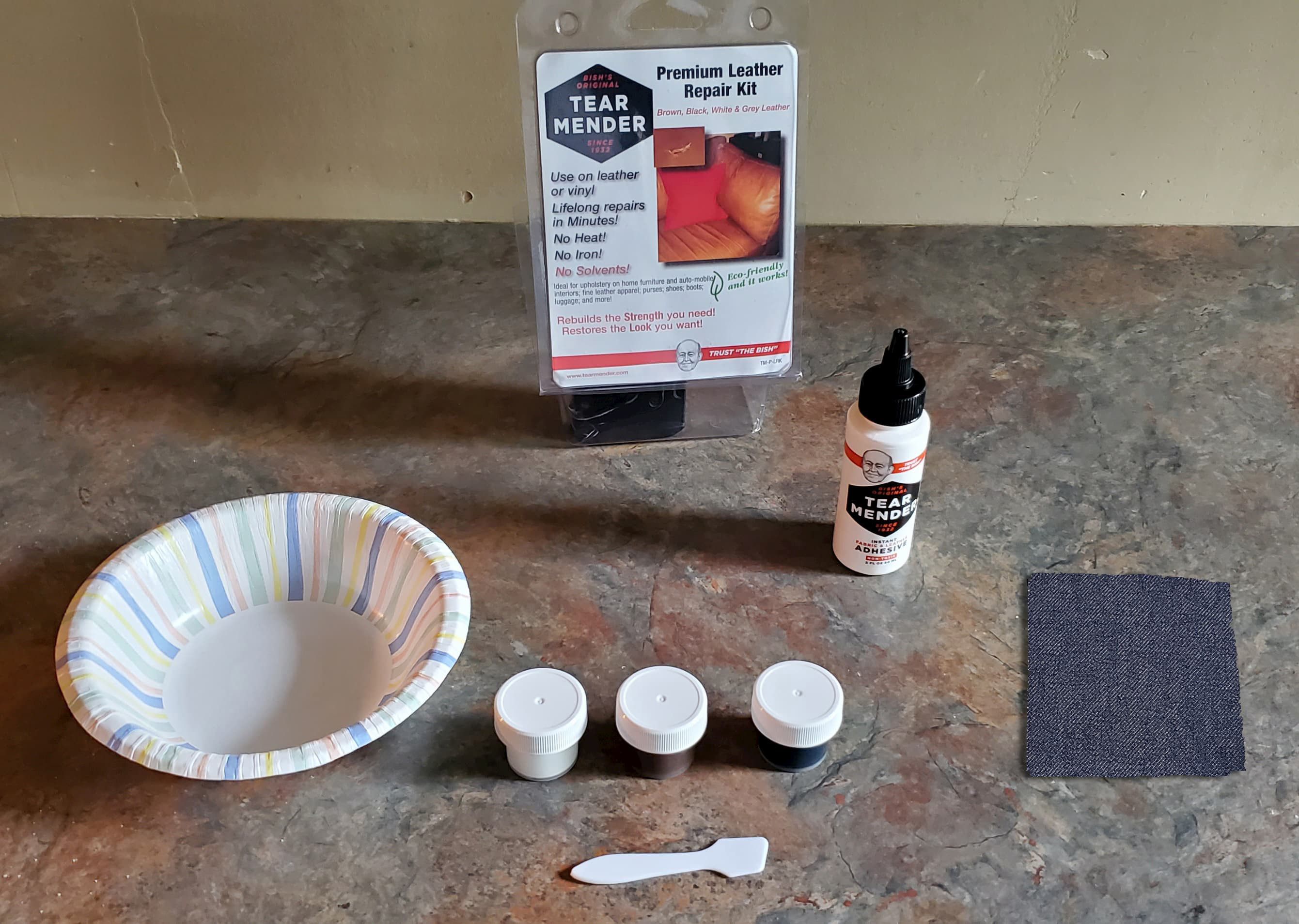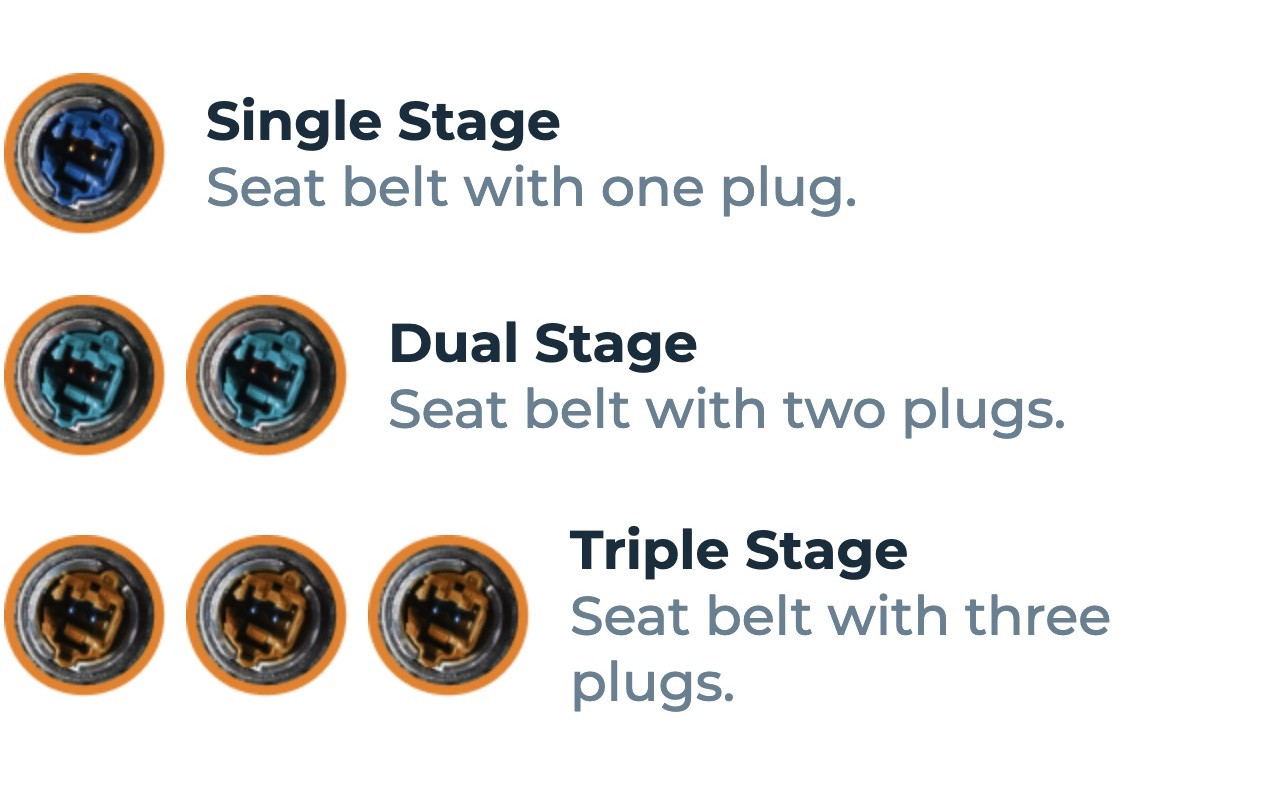How Much To Get Brakes Fixed On Car: A Complete Guide
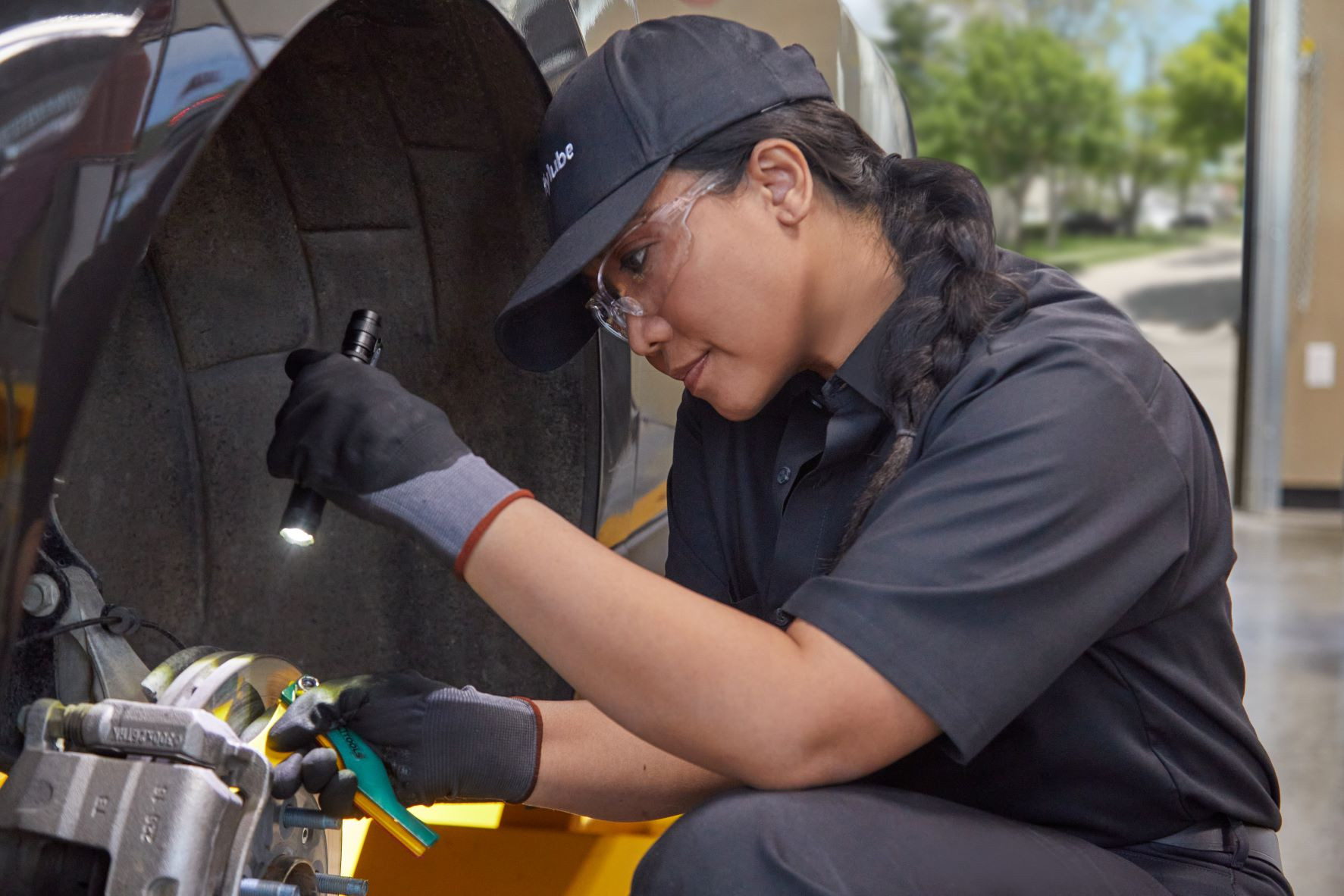
Getting your brakes fixed is crucial for your safety and the well-being of everyone on the road. At CARDIAGTECH.NET, we understand the importance of a reliable braking system and aim to provide you with the knowledge to make informed decisions about brake repairs, ensuring optimal vehicle performance and road safety. This guide explores the costs associated with brake repairs, factors influencing these costs, and how to ensure you receive the best value for your investment, covering aspects like brake pad replacement cost, rotor replacement, and overall brake service expenses.
1. Understanding the Factors Influencing Brake Repair Costs
The cost to get your brakes fixed can vary significantly based on several key factors. It’s not a one-size-fits-all situation, and understanding these elements can help you anticipate and budget for brake repairs.
1.1. Vehicle Type and Model
The make and model of your vehicle play a significant role in determining the cost of brake repairs. High-performance vehicles, luxury cars, and European models often require specialized parts that are more expensive than those for standard domestic or Japanese cars.
| Vehicle Type | Average Brake Repair Cost (Per Axle) |
|---|---|
| Compact Car | $150 – $300 |
| Sedan | $200 – $400 |
| SUV | $250 – $500 |
| Luxury/European Car | $400 – $800+ |
| Truck/Heavy-Duty | $300 – $600+ |
1.2. Quality of Brake Pads and Rotors
The quality of brake pads and rotors you choose significantly affects the cost. Options range from standard aftermarket parts to OEM (Original Equipment Manufacturer) parts.
- OEM Parts: These are parts made by the original manufacturer of your vehicle. They typically cost more but ensure the highest quality and compatibility.
- Aftermarket Parts: These are produced by third-party manufacturers and can be more affordable. However, quality can vary, so it’s important to choose reputable brands.
| Part Type | Description | Average Cost (Per Rotor) | Average Cost (Per Set of Pads) |
|---|---|---|---|
| Standard Aftermarket | Basic replacement parts, suitable for everyday driving | $30 – $75 | $20 – $50 |
| High-Performance | Designed for better stopping power and durability, ideal for performance vehicles or heavy-duty use | $75 – $150+ | $50 – $100+ |
| OEM (Original Equipment Manufacturer) | Parts made by the vehicle’s manufacturer, ensuring perfect fit and performance | $100 – $200+ | $75 – $150+ |
| Ceramic Brake Pads | Known for quiet operation and minimal dust, offering good performance and longevity | N/A | $40 – $80+ |
| Metallic Brake Pads | Offer excellent stopping power and heat dissipation, ideal for performance or heavy-duty applications | N/A | $30 – $60+ |
1.3. Labor Costs
Labor costs are a significant part of the total expense. These costs depend on the repair shop’s hourly rate and the complexity of the job.
- Hourly Rate: Auto repair shops typically charge between $75 and $200 per hour for labor.
- Job Complexity: Some vehicles have more complex braking systems that require more time to service.
1.4. Location
Geographic location also influences the cost of brake repairs. Urban areas with higher costs of living tend to have more expensive labor rates than rural areas.
- Urban Areas: Higher labor rates and shop overhead can increase costs.
- Rural Areas: Lower overhead and labor rates may result in more affordable brake repairs.
2. Identifying the Signs That You Need Brake Service
Recognizing the warning signs of brake issues early can save you money and ensure your safety. Here are some common indicators that your brakes need attention:
2.1. Squealing or Grinding Noises
One of the most common signs is a high-pitched squealing or grinding noise when you apply the brakes.
- Squealing: Often indicates worn brake pads. Many brake pads have a built-in wear indicator that makes this noise when the pads need replacing.
- Grinding: This usually means the brake pads have completely worn away, and the metal backing is rubbing against the rotor. This can cause significant damage to the rotors and increase repair costs.
2.2. Reduced Braking Response
If you notice that it takes longer to stop than usual or that you have to press the brake pedal further down, it could be a sign of brake problems.
- Spongy Brake Pedal: This can indicate air in the brake lines or low brake fluid.
- Hard Brake Pedal: This might suggest a problem with the brake booster.
2.3. Vibration or Pulsation
Feeling a vibration or pulsation in the brake pedal or steering wheel when braking can indicate warped rotors.
- Warped Rotors: Over time, rotors can warp due to heat and wear, causing a noticeable vibration when the brakes are applied.
2.4. Pulling to One Side
If your vehicle pulls to one side when braking, it could be a sign of uneven brake wear or a problem with the calipers.
- Uneven Wear: One brake may be working harder than the other, causing the vehicle to pull to that side.
- Sticking Caliper: A caliper that is not releasing properly can cause the brakes to drag and pull the vehicle.
2.5. Brake Fluid Leaks
Visible brake fluid leaks around the wheels or under the car are a serious concern and should be addressed immediately.
- Low Brake Fluid: A leak can cause low brake fluid levels, which can compromise braking performance.
3. What’s Included in a Brake Repair Service?
A typical brake repair service usually includes several components. Understanding what these are can help you assess the value of the service being offered.
3.1. Inspection
A thorough inspection of the entire braking system is the first step. This includes:
- Checking brake pads and rotors for wear
- Inspecting calipers, brake lines, and hoses for leaks or damage
- Checking brake fluid level and condition
3.2. Brake Pad Replacement
Replacing worn brake pads is a standard part of brake service.
- Removal of Old Pads: Old, worn brake pads are removed from the calipers.
- Installation of New Pads: New brake pads are installed, ensuring they are properly seated and aligned.
3.3. Rotor Resurfacing or Replacement
Depending on their condition, rotors may be resurfaced (turned) or replaced.
- Resurfacing: This involves smoothing the surface of the rotor to remove minor imperfections and ensure even contact with the brake pads.
- Replacement: If the rotors are too thin or damaged, they will need to be replaced.
3.4. Caliper Service
Calipers may need to be serviced if they are sticking or leaking.
- Cleaning and Lubrication: Calipers are cleaned and lubricated to ensure they move freely.
- Rebuilding or Replacement: In some cases, calipers may need to be rebuilt with new seals or replaced entirely.
3.5. Brake Fluid Service
Brake fluid is essential for proper brake function. A brake fluid service includes:
- Fluid Flush: Old brake fluid is removed from the system.
- New Fluid Installation: The system is filled with fresh, clean brake fluid.
4. Average Costs for Brake Repairs
While costs vary, here are some average prices you can expect for common brake repairs.
4.1. Brake Pad Replacement Cost
The cost to replace brake pads typically ranges from $100 to $300 per axle, including parts and labor.
- Parts: Brake pads range from $20 to $100 per set, depending on the quality and material.
- Labor: Labor costs typically range from $75 to $150 per axle.
4.2. Rotor Replacement Cost
Replacing rotors can cost between $150 and $400 per rotor, including parts and labor.
- Parts: Rotors range from $50 to $200+ each, depending on the vehicle and quality.
- Labor: Labor costs typically range from $75 to $150 per rotor.
4.3. Caliper Replacement Cost
Replacing a caliper can cost between $130 and $800 per caliper, including parts and labor.
- Parts: Calipers range from $80 to $300+ each, depending on the vehicle and quality.
- Labor: Labor costs typically range from $75 to $200 per caliper.
4.4. Brake Fluid Flush Cost
A brake fluid flush typically costs between $80 and $150, including parts and labor.
- Parts: Brake fluid costs around $10 to $30 per liter.
- Labor: Labor costs typically range from $60 to $120.
5. Factors That Increase or Decrease Brake Repair Costs
Several factors can influence the final cost of your brake repair.
5.1. Type of Vehicle
As mentioned earlier, luxury and performance vehicles generally have higher repair costs due to specialized parts and labor.
- Luxury Cars: European and high-end vehicles often require more expensive parts and specialized knowledge, increasing labor costs.
- Standard Vehicles: Domestic and Japanese vehicles typically have more affordable parts and simpler braking systems.
5.2. Quality of Parts
Choosing high-quality parts can increase the initial cost but may save you money in the long run due to increased durability and performance.
- OEM vs. Aftermarket: OEM parts ensure the highest quality and compatibility but are more expensive. Aftermarket parts can be more affordable, but quality varies.
- Material of Brake Pads: Ceramic and high-performance brake pads cost more than standard semi-metallic pads but offer better performance and longevity.
5.3. DIY vs. Professional Service
Performing brake repairs yourself can save on labor costs, but it requires mechanical knowledge, the right tools, and can be risky if not done correctly.
- DIY: Save on labor costs but risk improper installation and potential safety issues.
- Professional Service: Higher upfront cost but ensures the job is done correctly and safely.
5.4. Additional Services
Additional services, such as replacing brake lines or hoses, can increase the overall cost.
- Brake Lines and Hoses: If these components are damaged or corroded, they should be replaced to ensure proper brake function.
- ABS System Service: Problems with the anti-lock braking system (ABS) can add to the cost of brake repairs.
6. How to Get the Best Price on Brake Repairs
Getting the best price on brake repairs involves doing some research and taking a proactive approach.
6.1. Get Multiple Quotes
Obtain quotes from several repair shops to compare prices and services.
- Call Around: Contact multiple shops and ask for detailed estimates.
- Online Quotes: Use online tools to get quotes from local repair shops.
6.2. Ask for a Detailed Estimate
Ensure the estimate includes a breakdown of parts and labor costs.
- Parts Costs: Ask for the price of each part being replaced.
- Labor Costs: Understand the hourly rate and estimated time for the job.
6.3. Check for Discounts and Coupons
Many repair shops offer discounts and coupons for brake services.
- Online Deals: Check for online coupons and promotions.
- Shop Loyalty Programs: Some shops offer discounts to repeat customers.
6.4. Inquire About Warranty
Ask about the warranty on parts and labor to protect your investment.
- Parts Warranty: Ensure the parts being used have a warranty.
- Labor Warranty: Check if the labor is guaranteed against defects.
7. The Importance of Regular Brake Maintenance
Regular brake maintenance is crucial for safety and can save you money in the long run by preventing costly repairs.
7.1. Routine Inspections
Regularly inspect your brakes for signs of wear and tear.
- Visual Checks: Check brake pads and rotors for wear during tire rotations.
- Professional Inspections: Have a professional inspect your brakes at least once a year.
7.2. Brake Fluid Service
Change your brake fluid regularly to prevent contamination and corrosion.
- Manufacturer Recommendations: Follow the manufacturer’s recommendations for brake fluid replacement.
- Visual Inspection: Check the color and condition of the brake fluid.
7.3. Address Issues Promptly
Address any brake issues as soon as they arise to prevent further damage.
- Early Intervention: Fixing minor problems early can prevent them from becoming major repairs.
8. Common Brake Problems and Solutions
Understanding common brake problems and their solutions can help you communicate effectively with your mechanic and make informed decisions.
8.1. Worn Brake Pads
- Problem: Reduced braking performance and squealing noises.
- Solution: Replace the brake pads.
8.2. Warped Rotors
- Problem: Vibration or pulsation when braking.
- Solution: Resurface or replace the rotors.
8.3. Sticking Calipers
- Problem: Uneven brake wear and pulling to one side.
- Solution: Clean, rebuild, or replace the calipers.
8.4. Brake Fluid Leaks
- Problem: Reduced braking performance and low brake fluid levels.
- Solution: Repair the leak and refill the brake fluid.
8.5. Air in Brake Lines
- Problem: Spongy brake pedal.
- Solution: Bleed the brake lines to remove air.
9. Choosing the Right Brake Pads
Selecting the right brake pads for your vehicle and driving style is essential for optimal performance and safety.
9.1. Types of Brake Pads
- Organic: Made from organic materials like rubber, glass, and resins. They are quiet but wear out quickly.
- Semi-Metallic: Made from a mix of metal fibers and other materials. They offer good stopping power and durability.
- Ceramic: Made from ceramic fibers and other materials. They are quiet, produce less dust, and offer good performance.
9.2. Consider Your Driving Style
- Everyday Driving: Semi-metallic or ceramic pads are suitable for most drivers.
- Performance Driving: High-performance pads offer better stopping power and heat resistance.
- Heavy-Duty Driving: Heavy-duty pads are designed for towing and other demanding applications.
9.3. Read Reviews and Recommendations
- Online Reviews: Check online reviews to see what other drivers are saying about different brake pads.
- Professional Recommendations: Ask your mechanic for recommendations based on your vehicle and driving style.
10. Maintaining Your Brakes for Longevity
Proper maintenance can extend the life of your brakes and ensure they perform optimally.
10.1. Avoid Hard Braking
- Smooth Stops: Avoid sudden, hard braking whenever possible.
- Anticipate Traffic: Look ahead and anticipate when you need to slow down.
10.2. Lighten Your Load
- Remove Excess Weight: Avoid carrying unnecessary weight in your vehicle, as this puts extra strain on the brakes.
10.3. Regular Inspections
- Visual Checks: Regularly inspect your brake pads and rotors for wear.
- Professional Inspections: Have your brakes inspected by a professional at least once a year.
11. Innovative Brake Repair Tools at CARDIAGTECH.NET
At CARDIAGTECH.NET, we understand the challenges faced by auto technicians. That’s why we offer a range of innovative tools designed to make brake repairs more efficient, accurate, and safe. These tools are designed to help technicians quickly diagnose issues, perform repairs with precision, and ensure customer satisfaction.
11.1. Diagnostic Scanners
Our diagnostic scanners provide comprehensive insights into the vehicle’s braking system.
- Real-Time Data: Access real-time data on brake performance, ABS functionality, and more.
- Error Code Reading: Quickly identify and diagnose error codes to pinpoint specific issues.
- Compatibility: Our scanners are compatible with a wide range of vehicle makes and models.
11.2. Brake Caliper Tools
Our brake caliper tools are designed to make caliper service easier and more efficient.
- Caliper Piston Tools: Easily compress caliper pistons for brake pad replacement.
- Brake Bleeder Kits: Ensure a clean and efficient brake bleeding process.
- Durability: Made from high-quality materials for long-lasting performance.
11.3. Rotor and Disc Tools
Our rotor and disc tools help technicians perform accurate and efficient rotor services.
- Rotor Resurfacing Tools: Smooth the surface of rotors for optimal brake performance.
- Disc Brake Lathes: Precision lathes for resurfacing rotors on or off the vehicle.
- Measurement Tools: Accurately measure rotor thickness and wear.
11.4. Brake Line Tools
Our brake line tools ensure safe and reliable brake line repairs.
- Flaring Tools: Create precise flares for brake line connections.
- Bending Tools: Easily bend brake lines to fit specific vehicle requirements.
- Cutting Tools: Cleanly cut brake lines for seamless repairs.
12. Why Choose CARDIAGTECH.NET for Your Automotive Tool Needs
CARDIAGTECH.NET is committed to providing auto technicians with the highest quality tools and equipment. Here’s why you should choose us for your automotive tool needs:
12.1. High-Quality Products
We source our tools from trusted manufacturers to ensure durability and performance.
- Trusted Brands: We carry tools from leading brands in the automotive industry.
- Rigorous Testing: All our tools undergo rigorous testing to meet our high standards.
12.2. Expert Support
Our team of experts is available to provide technical support and guidance.
- Product Knowledge: Our experts have in-depth knowledge of our products and their applications.
- Troubleshooting: We can help you troubleshoot issues and find the right solutions.
12.3. Competitive Pricing
We offer competitive pricing to help you get the best value for your money.
- Affordable Options: We have tools to fit every budget.
- Special Offers: Take advantage of our special offers and promotions.
12.4. Customer Satisfaction
We are committed to ensuring your satisfaction with our products and services.
- Easy Returns: We offer easy returns and exchanges.
- Responsive Support: Our customer support team is responsive and helpful.
13. Contact CARDIAGTECH.NET for Expert Advice
Facing challenges with brake repairs? Need assistance in selecting the right tools? Contact CARDIAGTECH.NET today! Our team of experts is ready to provide personalized advice and support to help you excel in your automotive repair endeavors.
- Address: 276 Reock St, City of Orange, NJ 07050, United States
- WhatsApp: +1 (641) 206-8880
- Website: CARDIAGTECH.NET
We understand the difficulties you face, such as the physical demands, constant need for updated knowledge, and pressure to deliver efficient and safe repairs. Let CARDIAGTECH.NET be your partner in overcoming these challenges. Contact us today to learn how our tools and expertise can elevate your work and ensure customer satisfaction.
 Technician using a diagnostic tool on a car's brakes
Technician using a diagnostic tool on a car's brakes
14. Real-World Examples of Brake Repair Costs
To give you a better understanding of brake repair costs, let’s look at some real-world examples:
14.1. Example 1: Honda Civic Brake Pad Replacement
- Vehicle: Honda Civic
- Service: Brake pad replacement on front axle
- Parts: Standard aftermarket brake pads ($40)
- Labor: 2 hours at $90/hour ($180)
- Total Cost: $220
14.2. Example 2: Ford F-150 Rotor and Pad Replacement
- Vehicle: Ford F-150
- Service: Rotor and brake pad replacement on front axle
- Parts: OEM rotors ($120 each), semi-metallic brake pads ($60)
- Labor: 3 hours at $100/hour ($300)
- Total Cost: $600
14.3. Example 3: BMW 3 Series Brake Caliper Replacement
- Vehicle: BMW 3 Series
- Service: Brake caliper replacement on one rear wheel
- Parts: OEM caliper ($250)
- Labor: 2.5 hours at $120/hour ($300)
- Total Cost: $550
These examples illustrate how the type of vehicle, parts used, and labor rates can affect the overall cost of brake repairs.
15. Common Myths About Brake Repair
There are several misconceptions about brake repair that can lead to unnecessary expenses or unsafe practices.
15.1. Myth: You Only Need to Replace Brake Pads When They Squeal
- Fact: While squealing is a common sign of worn brake pads, it’s not the only indicator. Regularly inspect your brake pads for wear, even if they aren’t making noise.
15.2. Myth: All Brake Pads Are the Same
- Fact: Brake pads come in various materials and quality levels. Choosing the right brake pads for your vehicle and driving style is crucial.
15.3. Myth: You Only Need to Replace Rotors When They Are Visibly Damaged
- Fact: Rotors can wear down over time, even if they don’t have visible damage. If they are below the minimum thickness specified by the manufacturer, they need to be replaced.
15.4. Myth: Brake Fluid Never Needs to Be Changed
- Fact: Brake fluid absorbs moisture over time, which can reduce its effectiveness and cause corrosion. Brake fluid should be changed regularly according to the manufacturer’s recommendations.
15.5. Myth: DIY Brake Repair Is Always Cheaper
- Fact: While DIY brake repair can save on labor costs, it requires the right tools, knowledge, and can be risky if not done correctly. Professional service ensures the job is done safely and correctly.
16. The Future of Brake Technology
Brake technology is constantly evolving, with new innovations aimed at improving performance, safety, and efficiency.
16.1. Electronic Braking Systems (EBS)
- Description: EBS combines ABS and electronic stability control (ESC) to provide enhanced braking performance and stability.
- Benefits: Improved stopping power, reduced risk of skidding, and enhanced safety.
16.2. Regenerative Braking
- Description: Used in hybrid and electric vehicles, regenerative braking captures energy during deceleration and stores it in the battery.
- Benefits: Increased energy efficiency and extended driving range.
16.3. Brake-by-Wire Systems
- Description: These systems replace mechanical linkages with electronic signals to control the brakes.
- Benefits: Improved responsiveness, precision, and reduced weight.
16.4. Advanced Driver-Assistance Systems (ADAS)
- Description: ADAS features such as automatic emergency braking (AEB) use sensors and cameras to detect potential collisions and apply the brakes automatically.
- Benefits: Enhanced safety and reduced risk of accidents.
17. Brake Repair Checklist
Before taking your car in for brake repairs, use this checklist to ensure you get the best service:
- Research: Understand the common brake problems and solutions.
- Inspection: Perform a visual inspection of your brakes for signs of wear.
- Quotes: Get multiple quotes from reputable repair shops.
- Estimate: Ask for a detailed estimate including parts and labor costs.
- Warranty: Inquire about the warranty on parts and labor.
- Reviews: Check online reviews of the repair shop.
- Questions: Ask questions about the repair process and parts being used.
- Maintenance: Schedule regular brake maintenance to prevent future issues.
- Tools: Ensure your technician has access to quality brake repair tools from CARDIAGTECH.NET.
18. FAQ: Frequently Asked Questions About Brake Repair
18.1. How often should I replace my brake pads?
Brake pads typically need to be replaced every 25,000 to 70,000 miles, depending on driving conditions and the quality of the pads.
18.2. How long do brake rotors last?
Brake rotors can last between 30,000 and 70,000 miles, but it depends on driving habits and the quality of the rotors.
18.3. Can I replace brake pads myself?
Yes, if you have mechanical knowledge and the right tools. However, it’s crucial to follow safety procedures and ensure the job is done correctly.
18.4. What are the signs of worn brake rotors?
Signs include vibration or pulsation when braking, scoring on the rotor surface, and increased stopping distance.
18.5. How much does it cost to replace brake calipers?
The cost to replace brake calipers can range from $130 to $800 per caliper, including parts and labor.
18.6. Why is my brake pedal spongy?
A spongy brake pedal can indicate air in the brake lines or low brake fluid.
18.7. How often should I change my brake fluid?
Brake fluid should be changed every two to three years, or as recommended by the vehicle manufacturer.
18.8. What are the benefits of ceramic brake pads?
Ceramic brake pads are quiet, produce less dust, and offer good performance and longevity.
18.9. Can I mix different types of brake pads?
It’s not recommended to mix different types of brake pads, as they may have different friction characteristics and wear rates.
18.10. How important is it to have my brakes inspected regularly?
Regular brake inspections are crucial for safety and can prevent costly repairs by catching issues early.
19. Call to Action
Don’t compromise on your safety. Ensure your brakes are in top condition with the right tools and expertise from CARDIAGTECH.NET. Contact us today for personalized advice and explore our range of innovative brake repair tools designed to make your job easier and more efficient.
- Address: 276 Reock St, City of Orange, NJ 07050, United States
- WhatsApp: +1 (641) 206-8880
- Website: CARDIAGTECH.NET
Let CARDIAGTECH.NET be your trusted partner in delivering safe and reliable brake repairs.



